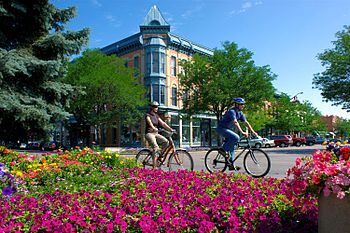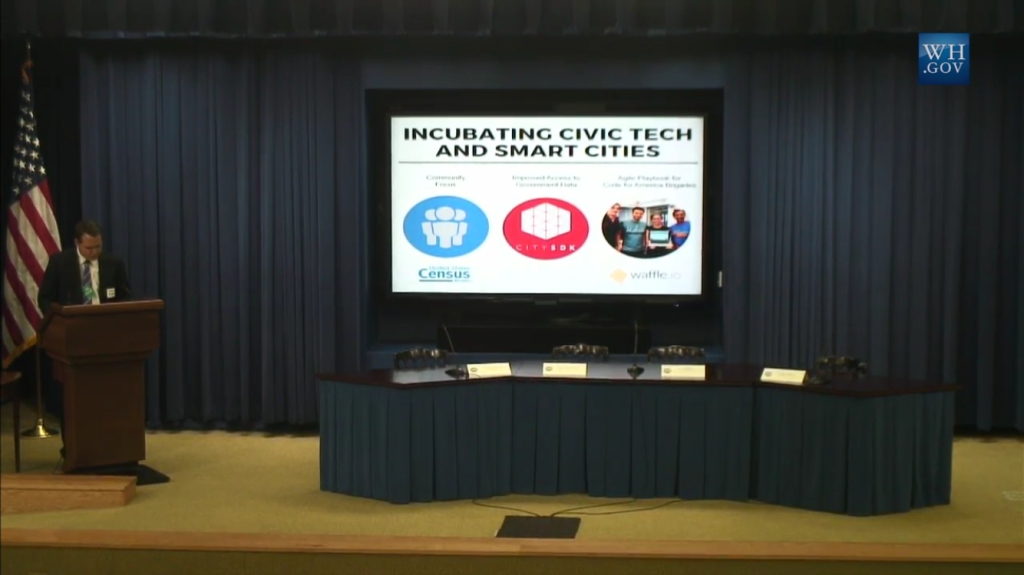I personally support all initiatives that will allow the city to investigate options for increasing broadband penetration and competition in their communities. I do not support cities entering the broadband services business. Government should facilitate and promote private business activities in their cities; not compete against them. I hope that Fort Collins takes this point-of-view when deciding what to do.
Robin Gard
I am writing to urge a yes-vote on the November ballot issue dealing with broadband options for the City of Fort Collins. This vote would exempt Fort Collins from a 2005 state law that prohibits governments from competing with the public sector and would allow our City Council to begin exploring options about providing fiber optic broadband to the community.
Voters in almost a dozen Colorado towns and cities have acted on this issue. Local voter approval would clear the way for study and investigation toward providing increased service to local population, whether independently or as part of a public-private partnership. The city could begin collecting benchmark data to examine its options in future provision of services. Continue reading








 WASHINGTON, September 16, 2015 – A movement to make cities smart by using the power of broadband and
WASHINGTON, September 16, 2015 – A movement to make cities smart by using the power of broadband and 